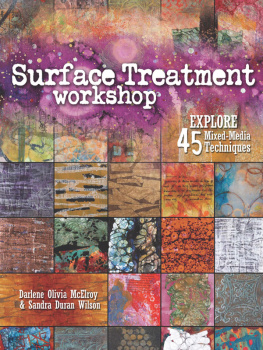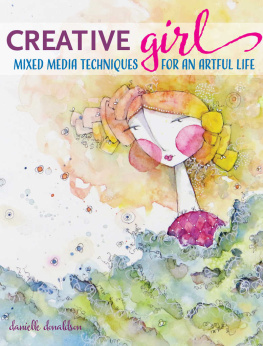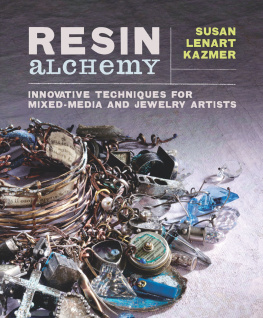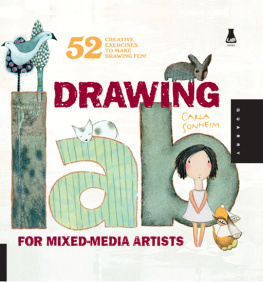Drawing Lab for Mixed-Media Artists
Drawing Lab for Mixed-Media Artists
52 Creative Exercises to Make Drawing Fun
Carla Sonheim

Contents
UNIT 1
Inspired by Animals
UNIT 2
Inspired by People
UNIT 3
Inspired by Famous Artists
UNIT 4
Inspired by Children and Childhood
UNIT 5
Inspired by Imagination
UNIT 6
Inspired by Nature
UNIT 7
Inspired by Books and Culture
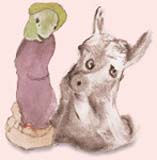
Lab 27: Drawing Clay Creations (see )
Introduction
DRAWING IS FUN! If you dont think so, then you probably havent drawn lately!
DRAWING IS SCARY. Okay, I know it is scary, too. You feel comfortable with collage or acrylic paint, but not with a pen or pencil. You might have tried to learn to draw from traditional drawing books or classes and felt frustrated, or worse, bored. Perhaps youve tried learning to draw on your own, but are critical of your efforts. (Note: this is not fun.) And yet... something inside is telling you to try putting more of your own hand into your work.
Lets put fun back into drawing! Im hoping to help you begin to see drawing as a pleasurable activity rather than as an opportunity to beat yourself up. Honestly, mark-making is one of our first pleasures as children. We arent so different now, as adults. One workshop student recently said, [Being in your class is] like being a child again, but you get to do it as an adult. That is how I hope you will feel as you experience this drawing book.

Drawing is an integral part of the authors mixed-media work.

Pages from Junk Mail Book II, gesso, watercolor, Sharpie, and charcoal on junk mail.
Why Draw?
First the serious stuff: Having a foundation of basic drawing skills will help you in all of your creative work. In the same way that running cross-country can give you skills in perseverance, discipline, and focus, which can affect all areas of your life, the same is true with drawing. The skills you learn by drawinglearning to see and focus, developing your hand, and so onwill be transferred to and influence your paintings, collage, or other artwork.

Simply, by being able to draw like this:
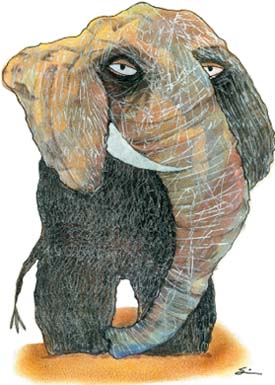
... I can, with more confidence, draw such things as this:

... and this:
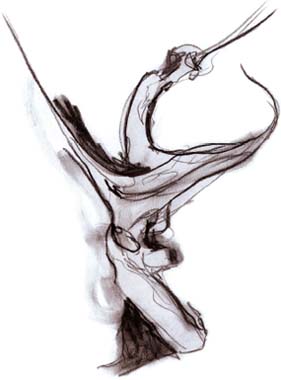
... and even this:
Getting Over the Hump
Steven Pressfield writes in his wonderful book, The War of Art: There is no such thing as a fearless warrior or a dread-free artist. He is so right. Even though I love drawing and have completed hundreds of drawings and paintings, each day I have a little mini war with myself when I face that blank page.
One way Ive found to get over this block is to have an arsenal of starter exercises (or assignments) on hand to help me get going: Rules, restrictions, or challenges to work within. And react against. And create in spite of. Limitations keep me from taking me or my art too seriously. They also relieve the pressure of what to draw and just get me moving.

Watercolor, gesso, charcoal, and ink on wood
Consider these words by creative people throughout our history:
The more constraints one imposes, the more one frees oneself of the chains that shackle the spirit.Igor Stravinsky
Limit gives form to the limitless.Pythagoras
The fewer limitations the artist imposes on his work, the less chance he has for artistic success.Aleksandr Solzhenitsyn
The problem about art is not finding more freedom, its about finding obstacles.Richard Rogers
Without firm limits there is no play.Rem Koolhaas
Its a paradox: when you have complete freedom, you often freeze up and do nothing. This book is a compilation of assignments that I have given myself over the years to get myself moving. Others were developed for elementary school-age students. When I started teaching adults, I found these same exercises to be the most effective. (Were all just kids inside still, right?)
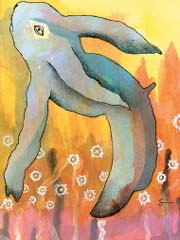
See Lab 8:
What This Book Is... and Isnt
Here are three rules I like to follow myself:
1. Draw things you like.
2. Draw with materials you like working with.
3. Draw using styles, methods, or processes that you like.
This book includes many traditional drawing exercisescontour drawings, blind contours, and gesture drawings, for examplebut Ive intentionally left out some of the things you might find in traditional drawing books. This book is designed to get you started drawing again, and excited about it! With renewed inspiration, you might like to take your drawing even further. I highly recommend checking out the many excellent drawing books that are available (my favorites are listed in the resources section), and/or taking a class from your local university.
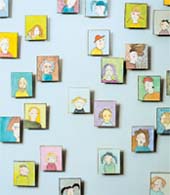
The authors first show, Faces Ive Seen, featured one thousand 3-inch (7.6 cm) watercolor paintings of people she had seen in her subconscious.
Materials Youll Need
Making art is not about the materials you have, it is about just doing it. If a no. 2 pencil is the only art tool you own, then start there! Heres a quick list of the materials I like to have on hand:
stacks of white card stock
140 pound (64 kg) Fabriano hot-press watercolor paper
mechanical pencil
vine charcoal (soft)
soft charcoal pencil
red Cont crayon
Pelikan watercolors (set of 24 transparent colors)
white FW acrylic ink
bottles of ink (various colors and brands)
nib pens
#12 round brush
small flat brush
liner brush
01 (0.25 mm) black Pigma Micron pen
kneaded rubber eraser
colored permanent markers (such as Sharpies)
a selection of very light-colored Copic markers
colored pencils
water-soluble crayons
a few soft pastels (red, orange, green)
Next page

